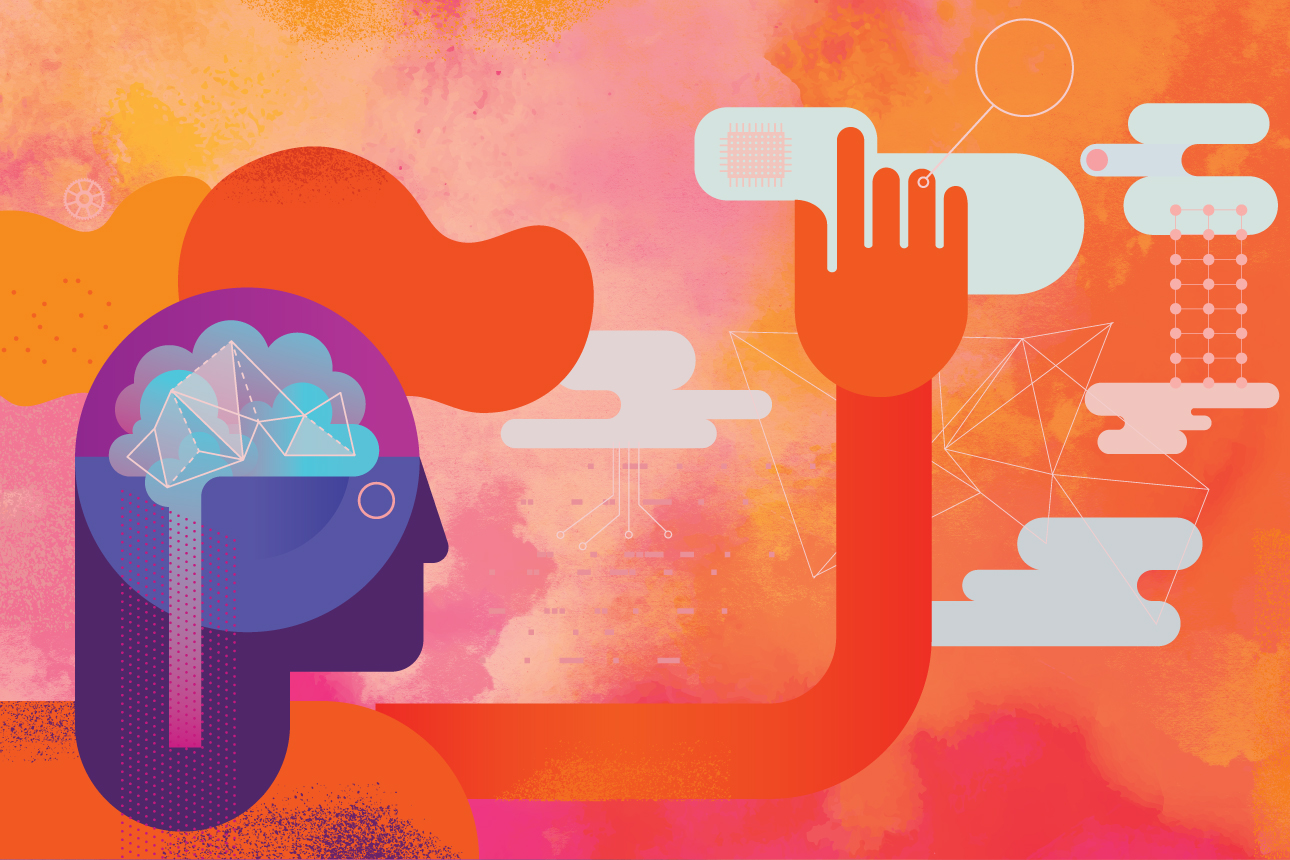The Neuroscience of Customer Experience
When neurological insights inform design thinking, companies can innovate with greater precision.

Thanks to brands like Sephora, Disney, Bass Pro Shops, and American Girl, consumers have come to expect extraordinary experiences — and companies are under increasing pressure to create them.1 Even the pros continue to up their game. Take Starbucks, where it has long been understood that a cafe is much more than a place to get coffee. Starbucks Reserve locations elevate the cafe experience to a new level. Patrons watch green coffee beans being roasted and then brewed onsite, while “mixologists” host coffee tastings and prepare unique cocktails. People can shop for local artwork and gifts with drinks in hand. They can also take tours, eat dinner, and attend classes.
Of course, extraordinary customer experiences are not always upmarket. For instance, low-cost airline Avelo flies only to and from small airports that are easy to navigate. It encourages passengers to check their bags in order to speed up boarding and deplaning, and it has eliminated flight-change fees. Avelo’s focus makes affordable travel easy and comfortable — major upgrades when you consider the treatment that budget-conscious passengers usually get.
Get Updates on Transformative Leadership
Evidence-based resources that can help you lead your team more effectively, delivered to your inbox monthly.
Please enter a valid email address
Thank you for signing up
While the variety of extraordinary experiences is wide, they do have a common objective: building brand attachment and customer loyalty. A single bad experience can drive away customers for life, but one that is fantastic creates a desire to buy again. However, trying to create something “mind-blowing” or “amazing” lacks the precision needed to consistently engineer the extraordinary.
Over the past 20 years, my research team has identified a set of brain signals that make experiences feel valuable and emotionally charged, rendering them memorable. Our work has shown that this combination produces a desire to repeat the experience.
Having measured people’s brain activity during thousands of experiences, both in my lab and in businesses, I have augmented widely used design thinking principles with neuroscience so that anyone can create extraordinary experiences. I’ll describe how, but first, let’s look at the science in a little more detail.
The Components of Immersion
Powerful emotional responses supercharge memories of experiences.2 Think about how easily you can recall where you were on 9/11, for example, or how vividly you remember a film that moved you deeply.
An emotional response is an unconscious one, so it cannot be reflected in consciously delivered user feedback such as survey scores and ratings.
References
1. B.J. Pine and J.H. Gilmour, “The Experience Economy: Competing for Customer Time, Attention, and Money,” rev. ed. (Boston: Harvard Business Review Press, 2019).
2. This has long been established. See, for example, K.S. LaBar and E.A. Phelps, “Arousal-Mediated Memory Consolidation: Role of the Medial Temporal Lobe in Humans,” Psychological Science 9, no. 6 (November 1998): 490-493.
3. L.K. John, O. Emrich, S. Gupta, et al., “Does ‘Liking’ Lead to Loving? The Impact of Joining a Brand’s Social Network on Marketing Outcomes,” Journal of Marketing Research 54, no. 1 (November 2017): 144-155. For findings that show more broadly that self-report measures are not predictive, see A.F. Kraig, J.A. Barraza, W. Montgomery, et al., “The Neurophysiology of Corporate Apologies: Why Do People Believe Insincere Apologies?” International Journal of Business Communication, July 9, 2019, https://doi.org/10.1177/2329488419858391.
4. J.A. Barraza and P.J. Zak, “Empathy Toward Strangers Triggers Oxytocin Release and Subsequent Generosity,” Annals of the New York Academy of Sciences 1167, no. 1 (June 2009): 182-189.
5. For more details, see P.J. Zak, “Neurological Correlates Allow Us to Predict Human Behavior,” The Scientist, Oct. 1, 2020, www.the-scientist.com.
6. G. Jocham, T.A. Klein, and M. Ullsperger, “Dopamine-Mediated Reinforcement Learning Signals in the Striatum and Ventromedial Prefrontal Cortex Underlie Value-Based Choices,” Journal of Neuroscience 31, no. 5 (February 2011): 1606-1613.
7. P. Lin, N.S. Grewal, C. Morin, et al., “Oxytocin Increases the Influence of Public Service Advertisements,” PLoS ONE 8, no. 2 (February 2013): e56934.
8. J. A. Barraza, X. Hu, E.T. Terris, et al., “Oxytocin Increases Perceived Competence and Social-Emotional Engagement with Brands,” PLoS ONE 16, no. 11 (November 2021): e0260589.
9. S. Het, D. Schoofs, N. Rohleder, et al., “Stress-Induced Cortisol Level Elevations Are Associated With Reduced Negative Affect After Stress: Indications for a Mood-Buffering Cortisol Effect,” Psychosomatic Medicine 74, no. 1 (January 2012): 23-32. See also E.T. Cox, T.M. Jarrett, M.S. McMurray, et al., “Combined Norepinephrine/Serotonergic Reuptake Inhibition: Effects on Maternal Behavior, Aggression, and Oxytocin in the Rat,” Frontiers in Psychiatry 2, no. 34 (June 2011): 1-14.
10. T. Kelley, “The Art of Innovation: Lessons in Creativity from IDEO, America’s Leading Design Firm” (New York: Broadway Business, 2001).
11. P.J. Zak, “Why Your Brain Loves Good Storytelling,” Harvard Business Review, Oct. 28, 2014, https://hbr.org.
12. P.J. Zak and J.A. Barraza, “Measuring Immersion in Experiences with Biosensors — Preparation for International Joint Conference on Biomedical Engineering Systems and Technologies,” Proceedings of the 11th International Joint Conference on Biomedical Engineering Systems and Technologies (2018): 303-307.
13. C. Yoon, R. Gonzalez, A. Bechara, et al., “Decision Neuroscience and Consumer Decision Making,” Marketing Letters 23, no. 2 (June 2012): 473-485.
14. V.G. Morwitz, J.H. Steckel, and A. Gupta, “When Do Purchase Intentions Predict Sales?” International Journal of Forecasting 23, no. 3 (July-September 2007): 347-364.
